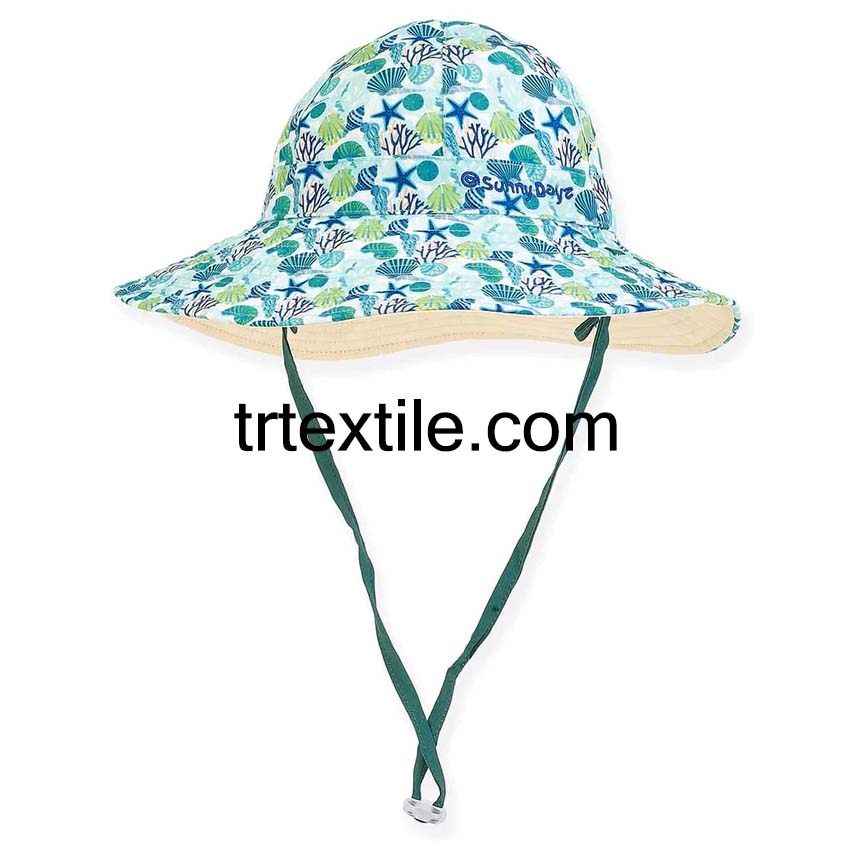Hats have been a staple in fashion for centuries, serving both functional and aesthetic purposes. From protecting the head from the sun and rain to making a bold fashion statement, hats have played a significant role in shaping personal style. The production of hats has evolved over time, with various models and techniques being used to create the perfect headwear. One such model is the traditional hat production model, which involves a series of steps to bring a hat from conception to completion.
The traditional hat production model begins with the design phase, where designers conceptualize and sketch out their ideas for new hat styles. This phase often involves research on current trends, materials, and techniques, as well as consideration of the target market for the hat. Once a design is finalized, the next step is to create a prototype. This involves creating a sample hat using the chosen materials and techniques to ensure that the design is both functional and aesthetically pleasing.
After the prototype is approved, the production phase begins. This phase involves sourcing the materials needed to create the hat, such as fabric, trimmings, and embellishments. These materials are then cut and shaped according to the design specifications, using tools such as scissors, sewing machines, and steamers. The pieces are then assembled using various techniques, such as sewing, gluing, or welding, to create the finished hat.
Once the hat is assembled, it undergoes a quality control process to ensure that it meets the standards set by the designer. This process may involve checking for defects, such as loose stitches or uneven seams, as well as testing the hat for durability and comfort. Once the hat passes quality control, it is ready for distribution to retailers or customers.
While the traditional hat production model has been used for many years, advancements in technology have led to the development of new production models, such as mass production and automated manufacturing. These models allow for faster and more efficient production of hats, but may lack the attention to detail and craftsmanship found in the traditional model.
Despite the advancements in hat production, the traditional model continues to be used by many designers and manufacturers who value quality and craftsmanship. By following a series of carefully planned steps, designers are able to create unique and stylish hats that appeal to a wide range of customers. Whether it’s a classic fedora, a trendy bucket hat, or a whimsical fascinator, the traditional hat production model continues to play a vital role in the fashion industry.




